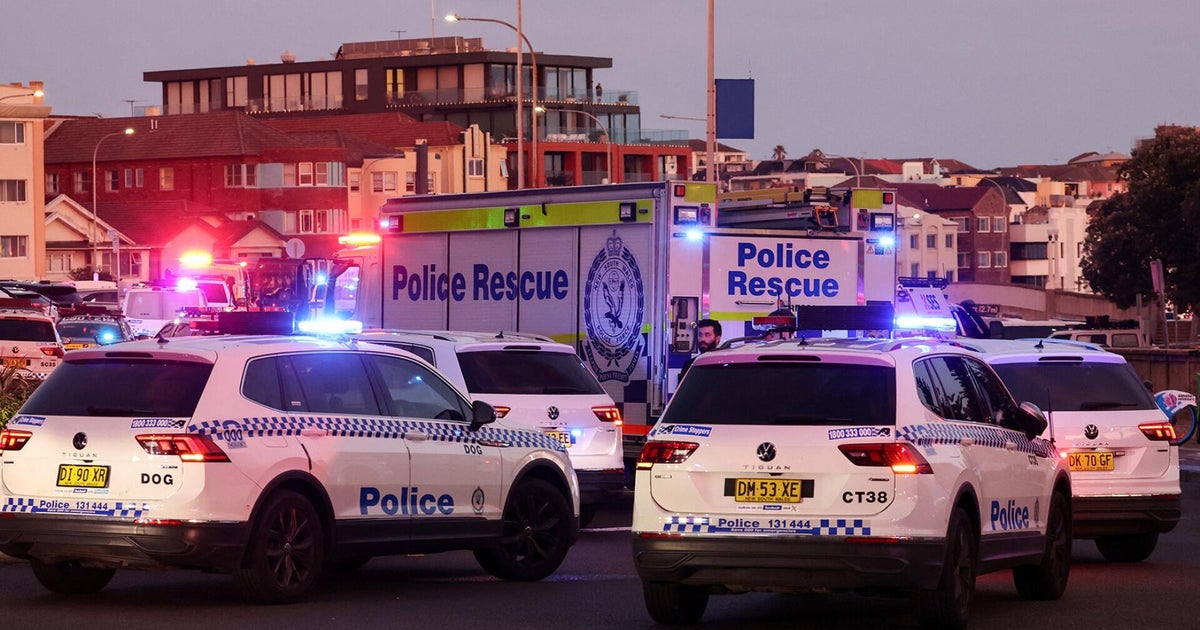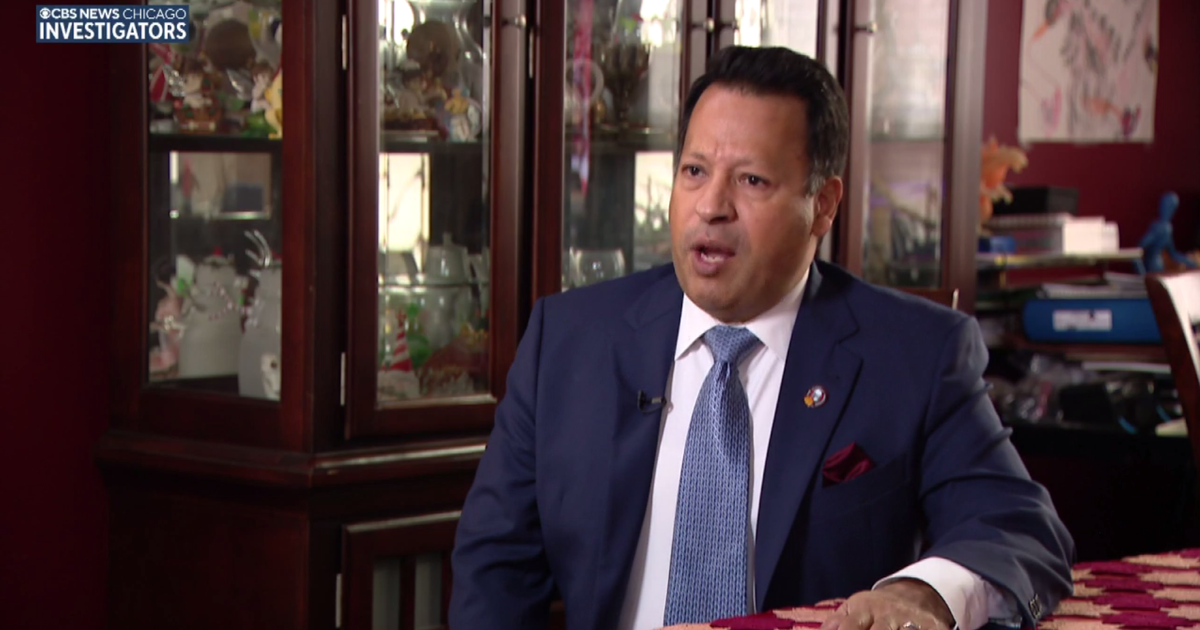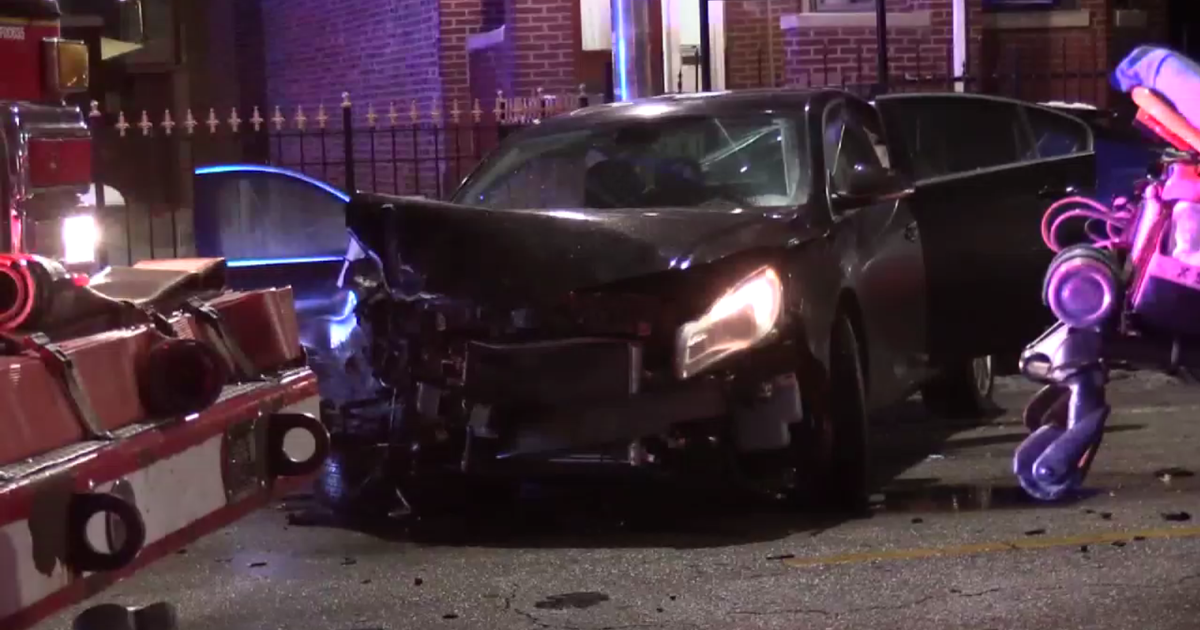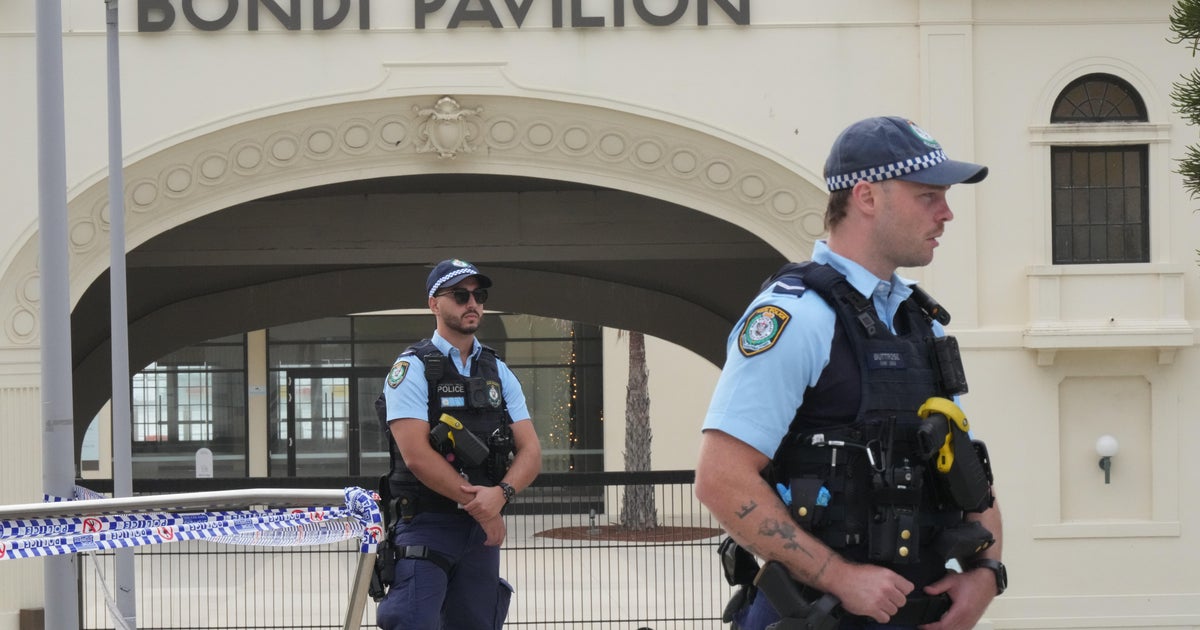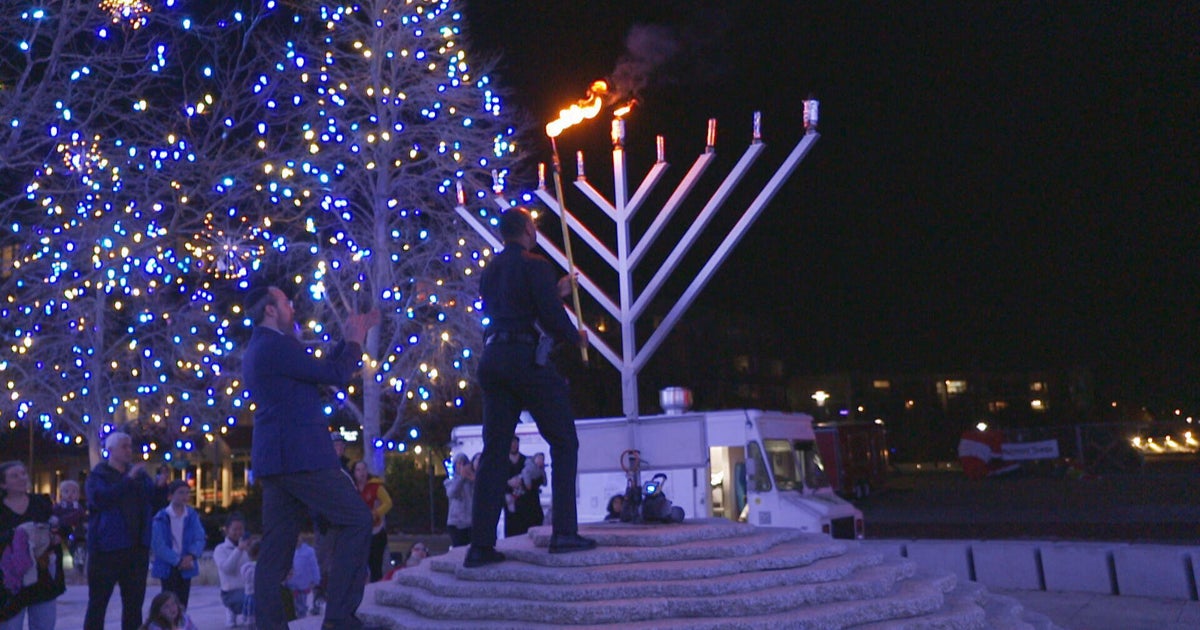Vallas campaign condemns deepfake video posted to Twitter
CHICAGO (CBS) -- On the eve of Chicago's mayoral election, the Paul Vallas campaign is denouncing what they're calling a "deceptive impersonation video" posted to Twitter.
The deepfake was viewed thousands of times before it was taken down.
As CBS 2 Investigator Megan Hickey reported Monday, experts say the timing of the video is important.
The video was posted by a recently created account that called itself the "Chicago Lakefront News" - and even though it appears to have been taken down quickly and that account has suspended from Twitter, experts worry the damage may have been done.
They say it is sometimes hard to undo the misinformation damage this close to an important election.
We are not playing or quoting the video in its entirety so as not to perpetuate the misinformation, but it shows a photo of Vallas with a voice underneath that very much resembles his voice - saying that back in his day, cops would kill 17 or 18 people and "nobody would bat an eye."
The video goes on to say we should start "refunding the police."
"I thought the deep fake audio was pretty well made," said V.S. Subrahmanian, Walter P. Murphy Professor of Computer Science at Northwestern University.
Subrahmanian, Northwestern's world-renowned Artificial Intelligence and security expert, reviewed the video for us
"Once the model is learned, you can generate new deepfakes with this person, saying whatever you want in a matter of minutes.
The Vallas campaign reported the video to Twitter and released a statement saying, the recently-created account "posted an obviously fake, deceptive video using deep fake technology to impersonate Paul's voice and defame his character."
"You can cause great harm getting something like this wrong, because it'll take so long to get it back," said Al Tompkins, a senior faculty member at the Poynter Institute. "You can't stuff the genie back in the bottle once the damage is done, particularly in a political campaign where these things get circulated not just in media, but in social channels and conversations.
Tompkins said it is unclear exactly how this particular video was created - but showed us how, in minutes, he was able to generate multiple different voices to the same text.
"It it's not that I don't want you to trust anything. It's that I want you to verify everything," Tompkins said, "and if you can't prove it to be true, just don't repeat it."
Tompkins agrees that the video could be considered defamation.
"The fact is it's meant to deceive," he said, "and it's meant to cause harm."
Subrahmanian said there are currently tools that can be used to tell if a video is fake with about 90-percent accuracy. He says the research focused on figuring out how to deal with deep fakes is still in its infancy.
"Normal people would have difficulty figuring out if it's real or fake, and that's why it's so important the companies like Twitter step up to the plate and quickly identify these deep fakes - and at the very least mark them as potential, if they think they might be," he said.
Again, Twitter did take swift action removing the clip and the user from its platform.
The Vallas campaign declined our request for an interview and told us he and his campaign would be holding no events Monday.
